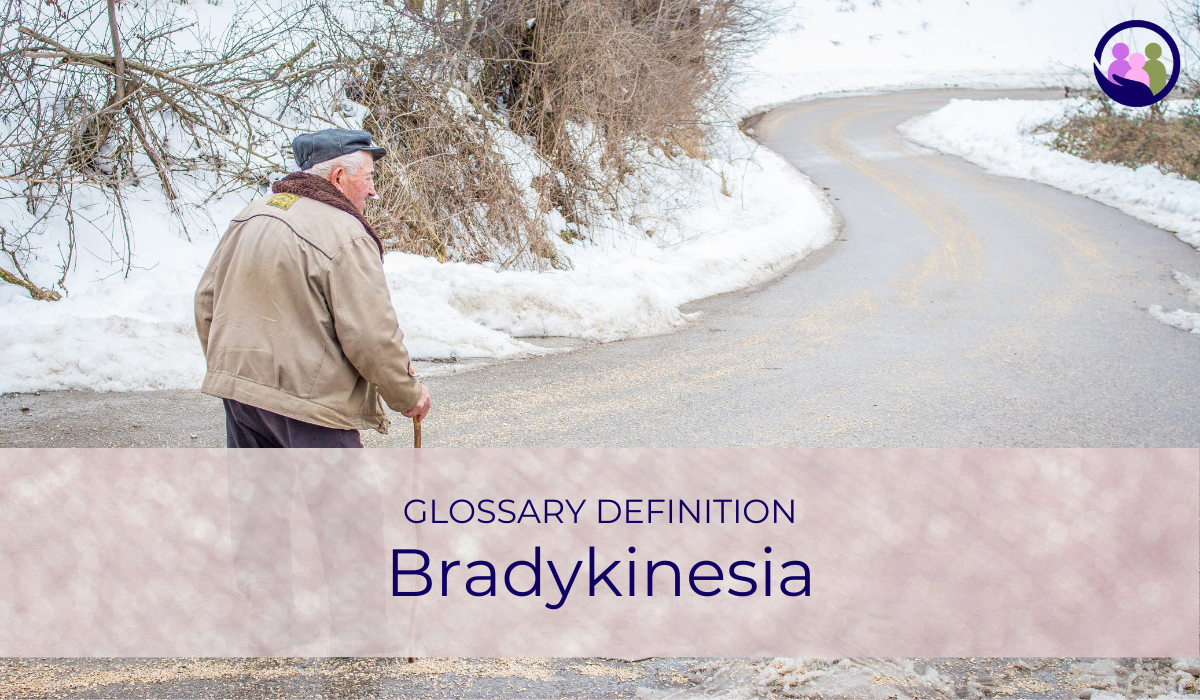As our loved ones age, it becomes increasingly important to pay attention to their health and well-being. One common health concern among the elderly is bradykinesia, a term that may sound unfamiliar but is crucial for maintaining a good quality of life.
In this article, we will explore what bradykinesia is, its impact on daily activities, and how to support elderly parents experiencing this condition.
Defining Bradykinesia
Bradykinesia, derived from the Greek words "bradys" meaning slow and "kinesis" meaning movement, is a medical term used to describe slowness of movement. In the context of aging, bradykinesia often manifests as a gradual decline in the speed and fluidity of everyday movements. This can affect various activities, including walking, reaching for objects, and even facial expressions.
Common Causes of Bradykinesia in the Elderly
- Parkinson's Disease: Bradykinesia is a hallmark symptom of Parkinson's disease, a neurodegenerative disorder that primarily affects movement.
- Aging Process: Natural aging can also contribute to a decline in movement speed and coordination, although it may not be as pronounced as in specific medical conditions.
- Medications: Some medications prescribed for various health issues can have side effects that result in bradykinesia.
Effects of Bradykinesia on Daily Life
- Difficulty with Mobility: Slow movements can make it challenging for elderly individuals to walk or navigate their surroundings confidently.
- Impaired Fine Motor Skills: Simple tasks such as buttoning a shirt or tying shoelaces may become more time-consuming and frustrating.
- Social Impact: Reduced facial expressions and slower responses can affect social interactions, potentially leading to feelings of isolation or frustration.
Supporting Elderly Parents with Bradykinesia
- Regular Exercise: Engaging in regular physical activity, such as walking, stretching, and gentle exercises, can help maintain mobility and alleviate bradykinesia symptoms.
- Adaptive Tools: Introducing tools and gadgets designed to make daily tasks easier can significantly improve an elderly person's independence and confidence.
- Medication Management: If bradykinesia is associated with a medical condition, working closely with healthcare professionals to manage medications and explore potential alternatives is essential.
- Emotional Support: Offering emotional support and encouragement is crucial. Helping elderly parents navigate the challenges of bradykinesia with patience and understanding can make a significant difference in their well-being.
Conclusion
Understanding bradykinesia is a crucial step in supporting the health and happiness of our aging loved ones. By recognizing the signs, exploring the potential causes, and implementing practical strategies for support, we can contribute to a more fulfilling and comfortable life for our elderly parents.
Share your experiences and insights on bradykinesia in the comments section below. Whether you've personally dealt with the challenges of slow movement or have valuable tips to offer, your input can contribute to a resourceful dialogue that helps others navigate this aspect of aging.
Caregiver Bliss Glossary
Ready to deepen your understanding of the elderly family caregiver industry? Don't miss out on our comprehensive Caregiver Bliss Glossary, a treasure trove of definitions and insights. Visit our glossary page now to explore a diverse range of terms and concepts that will enrich your knowledge and empower your caregiver journey.
Free Caregiver Bliss Weekly Email Newsletter
 Are you a dedicated family caregiver looking for valuable resources, support, and advice to enhance your caregiving journey?
Are you a dedicated family caregiver looking for valuable resources, support, and advice to enhance your caregiving journey?
Look no further! Our Caregiver Bliss Weekly Email Newsletter is designed to provide you with the latest insights, tips, and updates tailored specifically for family caregivers like you.
Sign up now and gain access to a wealth of information and support that can help you navigate the challenges and joys of caregiving.

